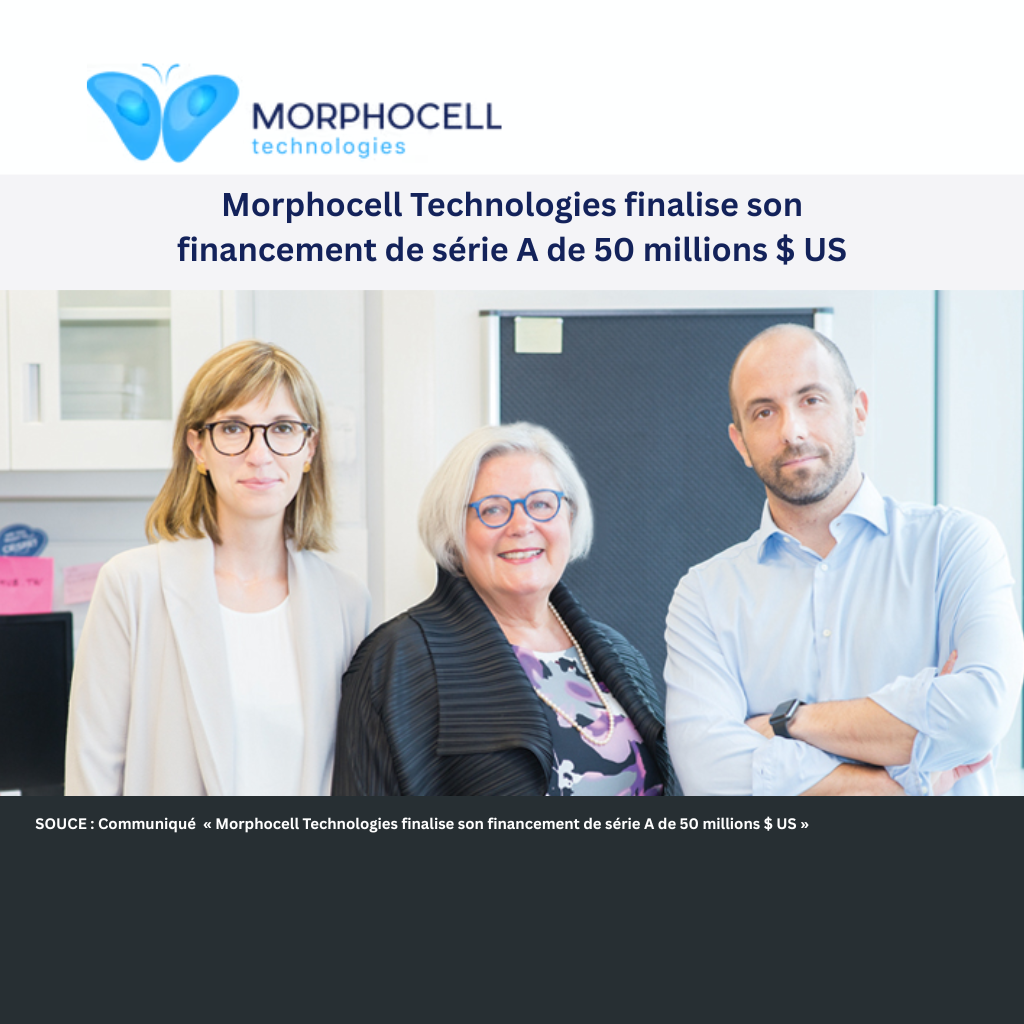The terminology “scientific research and experimental development” (SR&ED) was introduced in 1986 as a new title in section 2900 of the Income Tax Regulations published by the federal government to clearly distinguish between qualifying development and simple current development and current development.
The beginnings of RS&DE can be traced back to 1944. The federal government uses the Income Tax Act to stimulate research and development activities. Companies could already immediately deduct from their taxable income an amount equivalent to 100% of the current expenses related to scientific research.
Today, RS&DE tax incentives are a proven cornerstone of Canada’s innovation strategy and in Quebec, which already supports more than 22,000 Canadian companies and 4,000 in Quebec.
At the federal level
The federal government has decided to increase support for SR&ED to help more Canadian small and medium-sized enterprises invest in research and development.
Until December 15, 2024, the federal component of the SR&ED tax incentive program was as follows:
- Most corporations other than Canadian-controlled private corporations (CCPCs) receive a 15% non-refundable tax credit on qualified SR&ED expenditures;
- CCPCs receive a fully refundable enhanced tax credit at a rate of 35% on up to $3 million of qualified SR&ED expenditures per year. The expenditure limit is gradually reduced when the taxable capital employed in Canada for the previous taxation year is between $10 million and $50 million;
- CCPCs receive a 15% tax credit for eligible expenditures that exceed the expenditure limit. Depending on whether or not a CCPC’s income in the preceding taxation year exceeds its qualifying income limit, these credits may be partially refundable;
- Unincorporated businesses, individuals and certain trusts benefit from a partially refundable tax credit of 15% on qualified SR&ED expenditures;
To further encourage Canadian businesses to invest in innovation and drive economic growth, the federal government, in its 2024 Fall Economic Statement, is going beyond its commitment in Budget 2024 to further capitalize the SR&ED program by proposing toinvest $1.9 billion over the next six years and make significant reforms. More specifically, what is changing:
- The limit on expenditures on which the rate is increased to 35% is increased from $3 million to $4.5 million. As a result, eligible CCPCs would be able to claim up to $1.575 million per year under the enhanced and fully refundable tax credit:
- The taxable capital phase-out thresholds Increase from $10 million and $50 million to $15 million and $75 million, respectively;
- Eligible Canadian public corporations will be able to benefit from the enhanced 35% refundable tax credit on up to $4.5 million of qualified SR&ED expenditures per year;
- Restoring the eligibility of capital expenditures for the income deduction and the SR&ED investment tax credit is perhaps the most notable measure. This aspect of the SR&ED tax credit, which allowed for the consideration of expenditures on equipment used for R&D, had disappeared in 2014. The rules should be the same as those that existed prior to 2014 and would apply to property acquired on or after the date of the 2024 Fall Economic Statement, in the case of rental costs, amounts that first become payable on or after the date of the 2024 Fall Economic Statement.
These reforms will come into force for taxation years beginning on or after December 16, 2024.This means that the first companies to benefit from it are companies whose fiscal year ends in December 2025.
Read more by consulting this following link.




